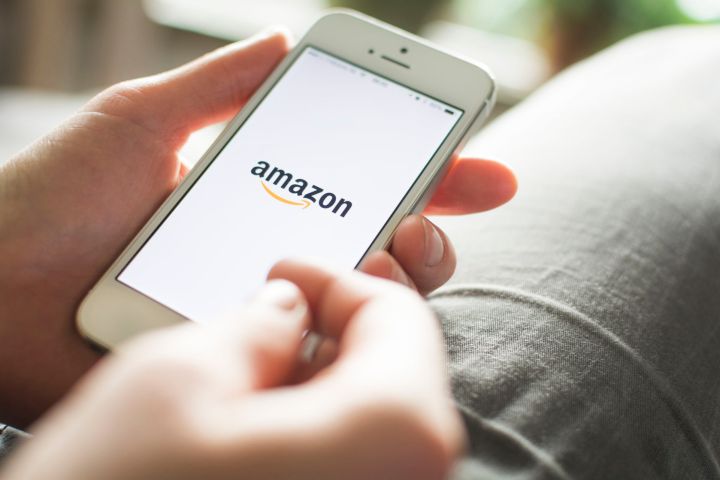
While Apple and Google agreed to reimburse parents to the tune of millions of dollars several years ago, Amazon resisted the FTC’s demands to cough up — until last April.
Amazon finally agreed weeks ago to refund customers for unauthorized purchases made through its App Store between November 2011 and May 2016. Now, the FTC has announced the online retailer has begun compensating those affected.
If you’re one such customer, Amazon should have reached out to you by now. If you haven’t been contacted, you can visit this link to view your in-app purchase history to determine if you’re eligible. The refund process takes place entirely online and customers have until May 28, 2018 to submit claims. The FTC instructs those with questions to call Amazon at 866-216-1072.
The refund program is reportedly worth a colossal $70 million. Last year, a judge rejected Amazon’s request to refund the purchases in the form of gift cards or online credits, so customers can expect to receive payments direct to their credit or debit card.
“This case demonstrates what should be a bedrock principle for all companies — you must get customers’ consent before you charge them,” Thomas B. Pahl, acting director of the FTC’s Bureau of Consumer Protection, said in a release. “Consumers affected by Amazon’s practices can now be compensated for charges they didn’t expect or authorize.”
This story began six years ago when Amazon started allowing in-app purchases, with 30 percent of each transaction going straight to the company.
In the early days there were no protections in place so that children, or anyone for that matter, could easily make in-app purchases without the permission of the account holder.
The FTC eventually went after Amazon — as well as Apple and Google — in an effort to get it to offer refunds to customers for any unauthorized purchases.
“Amazon’s in-app system allowed children to incur unlimited charges on their parents’ accounts without permission,” the FTC said in 2014, adding that “even Amazon’s own employees recognized the serious problem its process created.” However, the company insisted it was making refunds in relevant cases and was also rolling out safeguards to improve the operation of its app store.
In April 2016, the court examining the case agreed with the commission, describing Amazon’s system for informing customers about in-app charges as insufficient.
Whereas Amazon has until recently been appealing against orders to refund customers, other tech giants settled some time ago. Apple agreed to refund more than $32 million to users of its App Store in 2014, while in the same year Google started paying back $19 million to affected Play Store customers.
All three companies have since overhauled their respective stores to make it much harder for unauthorized in-app purchases to take place.
Article originally published by Trevor Mogg on 04-05-2017. Updated on 05-30-2017 by Adam Ismail: Added news that Amazon has begun the refund process.

